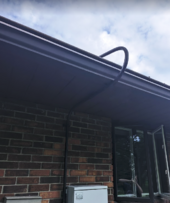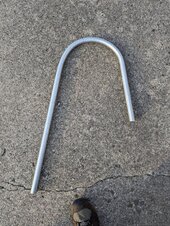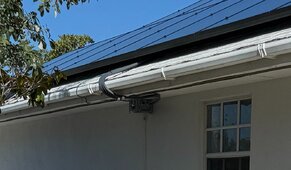corbin
New Member
Hi! I'm installing REC410 panels on the standing seam metal roof of my shop. It has no exposed fasteners. Does anyone have any good recommendations for installing conduit through the roof, and not having it leak?
I'm debating a hole through the roof versus just running the conduit off the eave edge and into the building from there.
I'm debating a hole through the roof versus just running the conduit off the eave edge and into the building from there.





